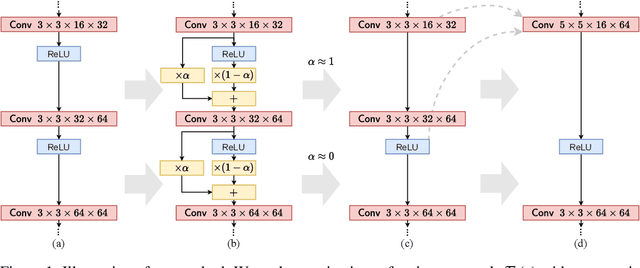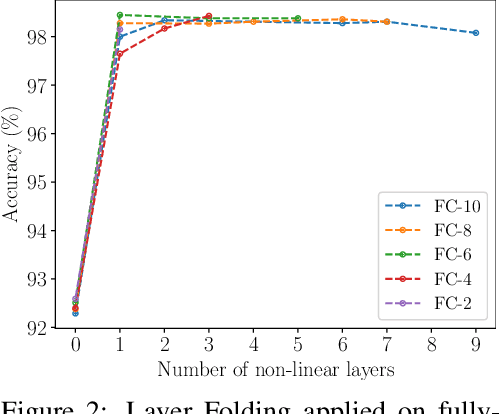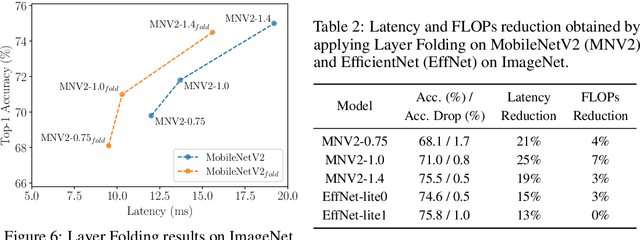Avraham Raviv
Formal Verification of Object Detection
Jul 01, 2024



Abstract:Deep Neural Networks (DNNs) are ubiquitous in real-world applications, yet they remain vulnerable to errors and adversarial attacks. This work tackles the challenge of applying formal verification to ensure the safety of computer vision models, extending verification beyond image classification to object detection. We propose a general formulation for certifying the robustness of object detection models using formal verification and outline implementation strategies compatible with state-of-the-art verification tools. Our approach enables the application of these tools, originally designed for verifying classification models, to object detection. We define various attacks for object detection, illustrating the diverse ways adversarial inputs can compromise neural network outputs. Our experiments, conducted on several common datasets and networks, reveal potential errors in object detection models, highlighting system vulnerabilities and emphasizing the need for expanding formal verification to these new domains. This work paves the way for further research in integrating formal verification across a broader range of computer vision applications.
Layer Folding: Neural Network Depth Reduction using Activation Linearization
Jun 17, 2021



Abstract:Despite the increasing prevalence of deep neural networks, their applicability in resource-constrained devices is limited due to their computational load. While modern devices exhibit a high level of parallelism, real-time latency is still highly dependent on networks' depth. Although recent works show that below a certain depth, the width of shallower networks must grow exponentially, we presume that neural networks typically exceed this minimal depth to accelerate convergence and incrementally increase accuracy. This motivates us to transform pre-trained deep networks that already exploit such advantages into shallower forms. We propose a method that learns whether non-linear activations can be removed, allowing to fold consecutive linear layers into one. We apply our method to networks pre-trained on CIFAR-10 and CIFAR-100 and find that they can all be transformed into shallower forms that share a similar depth. Finally, we use our method to provide more efficient alternatives to MobileNetV2 and EfficientNet-Lite architectures on the ImageNet classification task.
 Add to Chrome
Add to Chrome Add to Firefox
Add to Firefox Add to Edge
Add to Edge